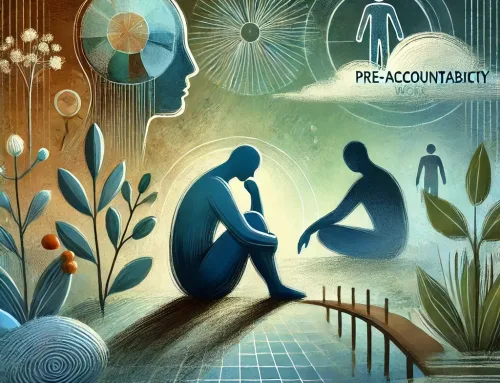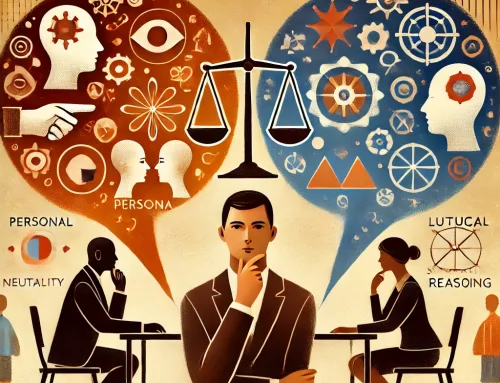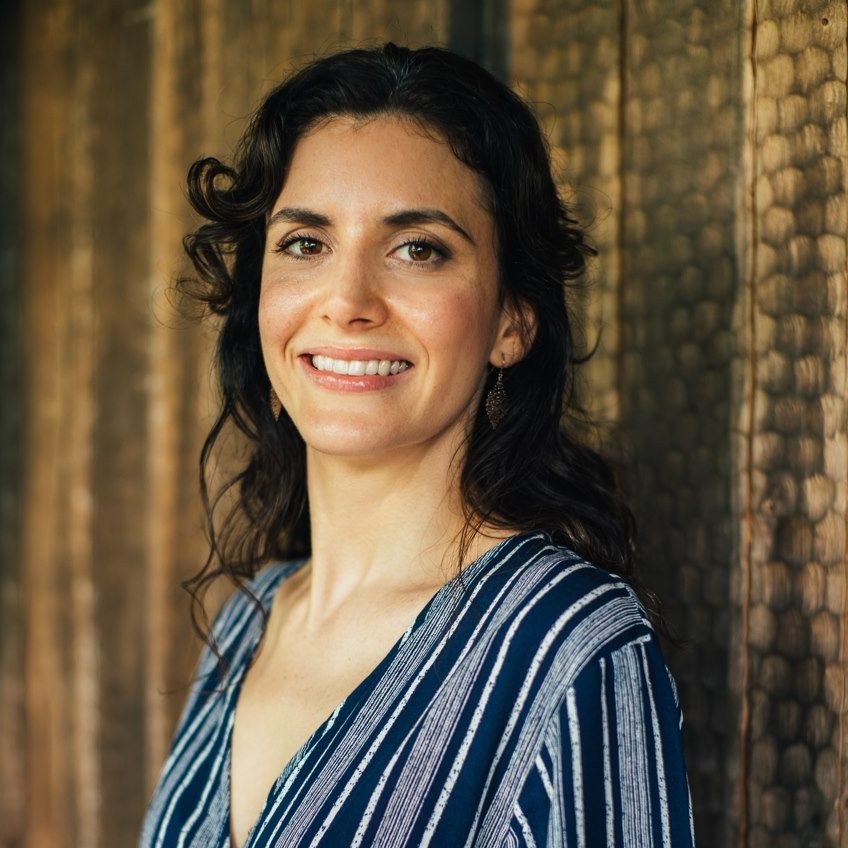Part 2 of a series on meaning-making, grief, and conflict in community
In the days after Dr. Gilbert’s death, what struck me most wasn’t just the grief—it was the sheer variety of stories that bloomed in the silence.
Some people felt comforted. Others became suspicious. Some grew distant from the community, while others felt more connected than ever.
There was no agreed-upon reality.
There was only what each person needed the moment to mean.
This isn’t unusual.
This is what humans do in the face of uncertainty.
We make meaning.
And this instinct—to protect ourselves from the void by reaching for a story—is just as alive in conflict as it is in grief.
When clarity is missing, stories rush in
In community conflict, I often enter into spaces where the facts are unclear. Someone left suddenly. Someone stopped responding. A conversation happened behind closed doors. Something feels off.
And in that moment of not knowing, people begin to build explanations.
Sometimes they’re based on fragments of truth.
Sometimes they’re completely imagined.
But in every case, they feel real—because they’re rooted in emotional logic, not factual accuracy.
-
“He’s probably manipulating the situation behind the scenes.”
-
“She’s staying silent because she feels guilty.”
-
“They’re protecting him because they’re afraid of losing power.”
These aren’t always malicious assumptions. They are attempts to create coherence, to protect the nervous system from the pain of ambiguity.
Emotional logic is powerful—but often misleading
Here’s the hard truth: the most compelling stories are often the least accurate.
They make sense not because they reflect reality, but because they echo our pain, our fear, or our past experiences.
And once these stories are spoken aloud, they can spread like wildfire in a community—especially in groups already strained by mistrust, hurt, or historical power dynamics.
I’ve seen conflicts explode not because of what happened, but because of what people believed had happened.
What can we do instead?
As mediators—or simply as humans trying to navigate hard conversations—we’re not immune to the pull of story-making. But we can practice something else:
-
Name the gap.
Say openly: “There’s information missing, and it’s natural for our minds to try to fill it in.” -
Separate fact from interpretation.
Get clear about what’s actually known vs. what’s being assumed. -
Make space for multiple truths.
Invite people to hold their story lightly, as one possibility—not the truth. -
Pause the rush to resolution.
Sometimes, the work is simply to stay present with the discomfort of not knowing.
Silence is hard. But so is a false sense of certainty.
We live in a culture that rewards fast answers. But in conflict—and in grief—the truth often unfolds slowly. Sometimes it doesn’t come at all.
Can we stay with each other in that in-between place?
Can we resist the pressure to name the villain too quickly, or to declare the moral of the story before the story is done?
I believe we can.
And I believe that doing so is one of the most sacred forms of care we can offer our communities.
In the final post of this series, I’ll explore how loss—whether of a person, a role, or an ideal—can shake a community’s identity, and what it means to hold space for collective grief without collapsing into conflict.





